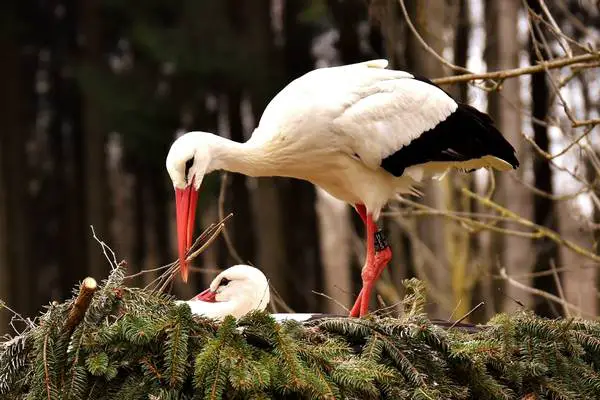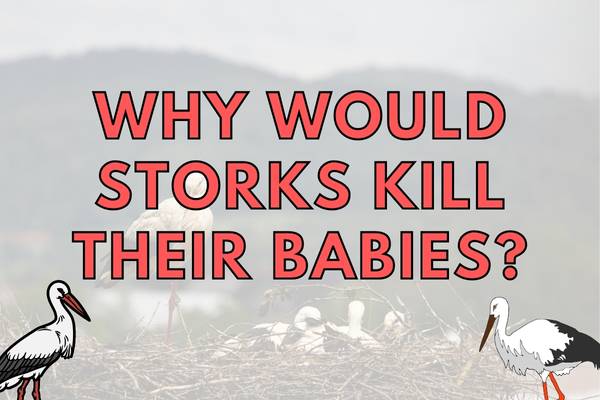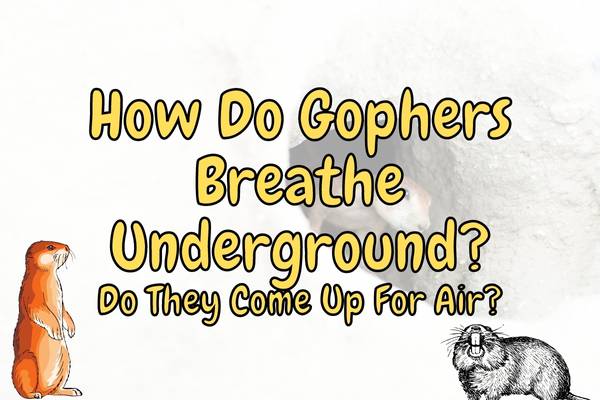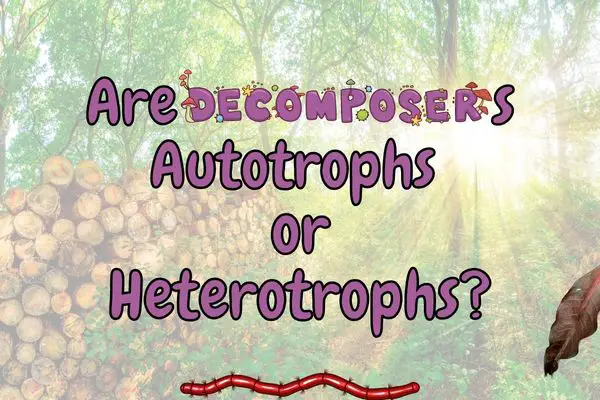Storks are often thought of as symbols of good luck and fertility, with their appearance in mythology and folklore around the world.
However, there have been instances of storks killing their own babies, known as infanticide. They do not kill their own offspring for fun or because they are evil birds, but rather to secure the survival of their other offspring when resources are scarce.
Studies show that infanticide in storks happens only about 50 times per year for every 1000 stork pairs (5% of couples per year). This is a relatively rare occurrence on par with what is seen in other bird species, and most storks are able to raise their young successfully.
In most cases the male stork was the culprit in killing their own or adopted offspring.
Storks typically lay one to six eggs at a time, and the chicks hatch after about a month of incubation. Once the chicks hatch, both parents work hard to provide them with food.
The chicks are fed a diet of mostly insects and small animals, such as worms and frogs, which the parents bring to the nest.
The parents continue to care for the chicks for several months, until they are ready to leave the nest and learn to fend for themselves.
In this article, we will explore the reasons behind stork infanticide and discuss ways to prevent it from occurring.
Contents
Reasons for infanticide in storks
There are several reasons why storks may engage in infanticide, or the killing of their own offspring. One of the main reasons is competition for resources.
Studies have shown that this behavior usually occurs in response to environmental factors such as food scarcity, overcrowding, and competition for resources. In addition, infanticide has been observed in storks when there are too many now-related offspring in the nest, or when a new stork arrives in the area.
Competition for resources
Storks, like other animals, need access to food, shelter, and other resources in order to survive. If a stork’s nest is overcrowded or there is not enough food to go around, the storks may kill their own chicks in order to increase their chances of survival.
Removing rival offspring
Another reason for infanticide in storks is when a stork finds a new mate and has the desire to mate with a new partner and produce offspring with their own genes, but the new mate already has offspring with another mate.
In some cases, storks may kill the chicks of other storks in order to mate with their partner and produce offspring with their own genes.
This behavior is known as siblicide and is not uncommon in the animal kingdom. Siblicide may occur when a stork pair is unable to produce offspring of their own, or when they feel that the offspring of another stork will be of higher quality.
Stress or hormonal disruption
Stress and hormonal imbalances can also lead to infanticide in storks. Like humans, animals can experience stress and hormonal imbalances that may affect their behavior.
In some cases, storks may engage in infanticide as a result of these changes in their body. Stress and hormonal imbalances may be caused by a variety of factors, such as changes in the environment or the presence of predators.
It is important to note that infanticide is not common in storks and is usually only observed in rare circumstances as described above.
Most storks are devoted parents and will go to great lengths to protect and care for their offspring.
However, it is important to understand the reasons behind infanticide in order to prevent it from occurring and ensure the well-being of these fascinating birds.
Prevention of infanticide in storks
Prevention of infanticide in storks is an important step in ensuring the well-being of these fascinating birds. There are several ways to prevent infanticide in storks, including:
- Artificial nest boxes: Providing storks with artificial nest boxes can help to reduce competition for nesting sites. These nest boxes can provide storks with a safe and secure place to raise their chicks, which can help to decrease the occurrence of infanticide.
- Regulation of breeding pairs: Limiting the number of breeding pairs in an area can also help to reduce the occurrence of infanticide. By controlling the number of breeding pairs, we can ensure that there are enough resources for all of the storks and reduce the chances of infanticide occurring due to competition for resources.
- Managing habitat: Protecting and preserving stork habitat can also help to prevent infanticide. By providing storks with access to food, shelter, and other resources, we can help to create a more conducive environment for stork breeding and reduce the chances of infanticide occurring due to stress or hormonal imbalances.
- Research and monitoring: Conducting research and monitoring stork populations can also help to prevent infanticide. By understanding more about stork behavior and the factors that may contribute to infanticide, we can develop strategies to prevent this behavior from occurring.
Overall, prevention of infanticide in storks is a complex issue that requires a multifaceted approach. By taking a range of actions to protect storks and their habitat, we can help to ensure the well-being of these amazing birds and reduce the occurrence of infanticide.
Are storks considerd good parents?
Generally speaking, yes! Storks are very good parents. And remember that they would only kill their own babies to save the rest!

Storks are known to be dedicated and protective parents. Both the male and female stork participate in building the nest, incubating the eggs, and caring for the young.
The male stork is responsible for bringing food to the nest while the female stork mostly stays with the eggs, until the chicks hatch, then both parents are very dedicated to taking care of the chicks, keeping them warm and fed.
How do storks live in close proximity to each other?
Storks are known to be social birds and are not very aggressive in general. They often live in close proximity to one another, especially during the breeding season.
They typically build their nests in large colonies, called rookeries, where they live and breed alongside other storks.

Rookeries can be found in a variety of habitats, such as wetlands, marshes, and even on man-made structures like buildings and electricity poles. The stork nests are usually built on high structures like trees, cliffs, towers, and even building rooftops.
Storks are territorial birds, and each pair of storks will defend a small area around their nest. They will typically engage in rituals such as head-bobbing, calling, and even physical clashes in order to establish and maintain their territory.
They are however not aggressive to humans or other animals outside their colony.
Conclusion
Infanticide is a disturbing behavior, and it is important to understand the underlying causes in order to prevent it from occurring.
By providing storks with the resources and support they need, we can help to ensure the well-being of these fascinating birds.
While we may never fully understand the reasons behind stork infanticide, we can work to create a better environment for these amazing animals.
Read more about why other bird mothers would kill their own babies here.




